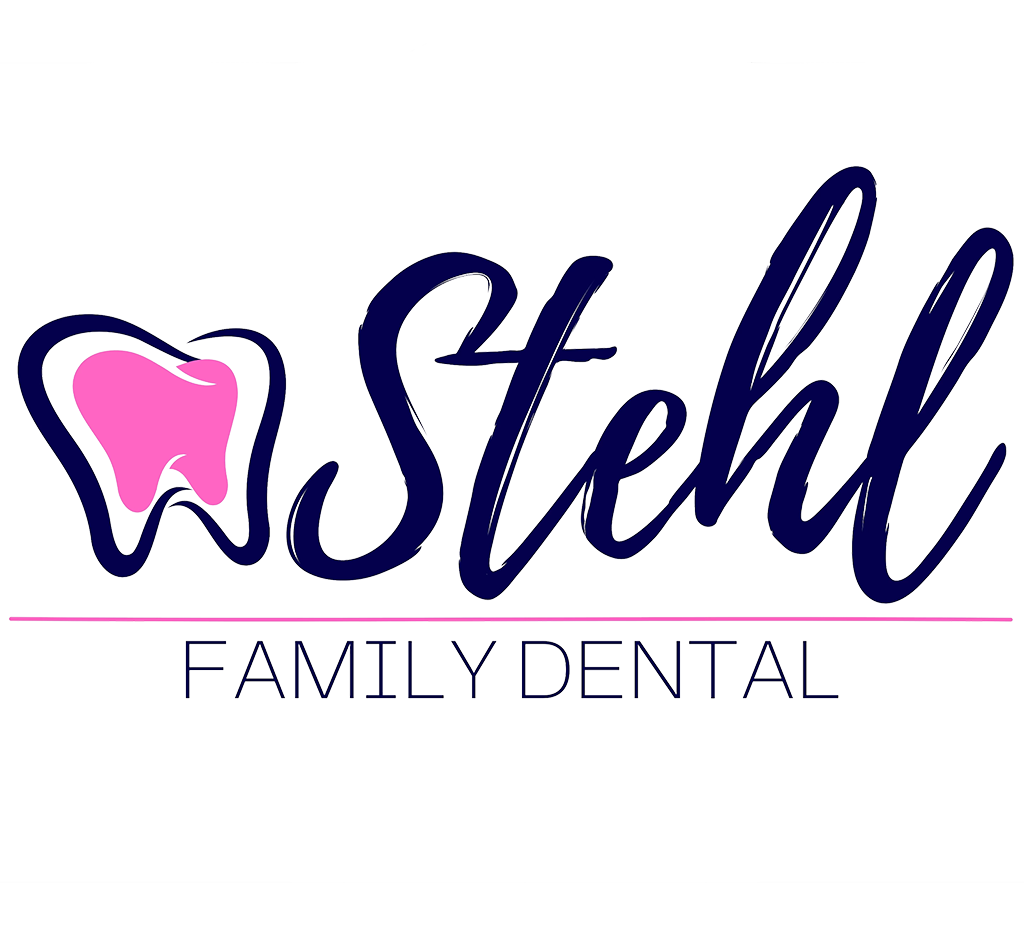Choosing between clear aligners and braces can be a tough decision. With both options offering effective solutions for straighter teeth, how do you know which one is right for you? Whether you’re looking to enhance your smile or correct a dental issue, this guide will help you make an informed decision by breaking down the pros and cons of each treatment.
Clear Aligners vs Braces: How Do They Compare?
When it comes to orthodontic treatments, braces and clear aligners are the most popular choices. But they differ significantly in terms of design, functionality, and day-to-day experience. Here’s a quick comparison to get you started.
Clear Aligners
Clear aligners, like Invisalign, are custom-made, removable trays designed to gradually shift teeth into alignment. Made from transparent plastic, they fit snugly over your teeth and are nearly invisible when worn.
Key Features:
- Transparent and discreet
- Removable for eating and cleaning
- Require consistent wear for 20–22 hours per day
- Gradual adjustments with new trays every 1–2 weeks
Braces
Braces, on the other hand, are traditional orthodontic devices that use brackets and wires to correct teeth alignment. These are fixed to your teeth and are adjusted periodically by your orthodontist.
Key Features:
- Fixed to teeth; cannot be removed
- Available in options like metal, ceramic, or lingual braces
- Regular visits to the orthodontist for adjustments
- Typically more noticeable than aligners
Dental Issues They Address
One of the most important considerations when deciding between aligners vs braces is the type of dental issue you’d like to address. Both options effectively treat a wide range of alignment problems, but the severity of your case might determine which is better suited for you.
What Clear Aligners Can Treat
Clear aligners are a great choice for mild to moderate alignment issues. These include:
- Crowded teeth
- Gaps between teeth
- Overbites, underbites, and crossbites (in less severe cases)
- Slightly crooked teeth
If your dental issue is relatively straightforward, aligners can provide a convenient and discreet solution that fits into a busy lifestyle.
What Braces Can Treat
Braces are incredibly versatile and can handle more complex cases, such as:
- Severe crowding or spacing
- Significant bite issues, including overbites, underbites, crossbites, and open bites
- Teeth that need to be rotated significantly
- Jaw misalignment
For complex orthodontic adjustments, braces are often the go-to option. Their fixed nature and higher level of precision make them ideal for tackling more challenging cases.
Aesthetic Considerations
Appearance matters when it comes to orthodontic treatment, especially for teens and adults who want to maintain confidence during their smile transformation. Let’s look at how aligners vs braces differ in terms of aesthetics.
- Clear Aligners: The appeal of clear aligners lies in their subtlety. Because they’re practically invisible when worn, you can go about your day without calling attention to your treatment. This makes them a popular option for professionals, older teens, and adults who prefer a low-profile treatment.
- Braces: Traditional metal braces are more noticeable but have come a long way in terms of design. For those seeking a more subtle look, ceramic braces (which use tooth-colored brackets) or lingual braces (attached to the back of your teeth) are good alternatives. However, these options are still not as discreet as aligners.
Aligners vs Braces: Who Gets Results Faster?
Another major factor to consider is how long your treatment will take. This varies depending on your specific dental issue and how closely you follow your orthodontist’s advice.
Clear Aligners
Aligners often provide shorter treatment timelines for mild to moderate cases. Most people complete their treatment in 6–18 months. However, this depends heavily on wearing your aligners as directed (20–22 hours daily). Skipping wear time can delay results.
Braces
Braces usually take longer to achieve results, with an average treatment time of 18 months to 3 years. Although braces work well for complex cases, their fixed nature means certain movement patterns can take more time to adjust than with aligners.
While aligners may be faster for simpler cases, braces may be more effective for addressing severe or complex orthodontic needs.
Find the Right Fit for Your Smile
When choosing between clear aligners vs braces, it all comes down to your unique needs, goals, and preferences. Both options deliver great results, but one may be better suited for your specific dental issue, lifestyle, or budget.
Still not sure if clear aligners are right for you? At Stehl Family Dental, we specialize in helping patients make confident decisions about their care. We’ll walk you through the benefits of clear aligners and build a treatment plan that fits your smile and your life.
Schedule an appointment today to get started. Together, we’ll create a treatment plan that works for you.

